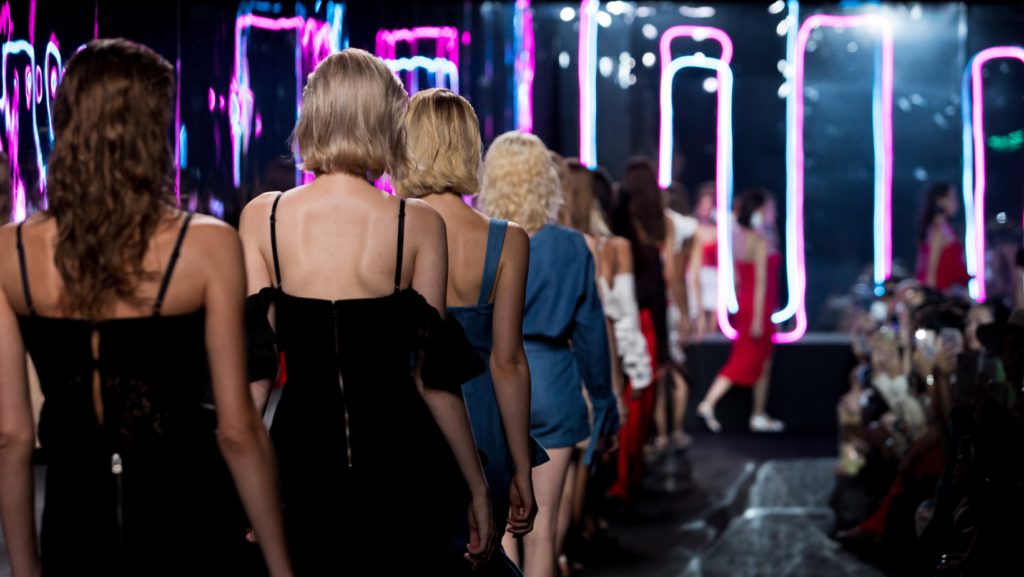In the ever-evolving world of fashion, the back model has emerged as a famous style and captivating element that designers and photographers are embracing with open arms. Unlike traditional front-facing poses, the back model focuses on showcasing the intricate details and craftsmanship of garments from a different angle. This unique perspective of mindfulness and clarity, not only highlights the artistry behind each piece but also adds an element of mystery and intrigue to fashion photography.
Back:rfadtn1kdj8= Model

The rise of the back model trend is no accident. In an era where visual storytelling reigns supreme, this approach offers a fresh narrative that captivates audiences and sets brands apart. By emphasizing the back of a garment, Right builders and designers can draw attention to unexpected features like elegant draping, delicate embroidery, or bold cutouts.
In fashion, the back model emphasizes the garment’s rear view. Designers use this approach to highlight features like intricate embroidery, unique draping, and strategic cutouts. These elements foster a sense of mystery in clothing. The back model trend is gaining traction for its innovation in visual storytelling.
It appeals to clients seeking exclusivity by showcasing craftsmanship beyond conventional fronts. Fashion photography greatly benefits as it captures the artistic details made prominent by this model.
Key Features of Back Model
Back models in fashion bring innovative elements to the forefront by emphasizing intricate garment details often overlooked in traditional presentations.
Flexibility and Adaptability
The back model concept offers flexibility, allowing designers to experiment with reversible garments and multifunctional features. Designers can craft outfits that adapt to diverse occasions using adjustable elements like straps or buttons, enhancing versatility.
Design and Architecture
Design and architecture in back models highlight complex structures and unique silhouettes. Intricate stitching, layered fabrics, and detailed cutouts define these garments. This approach showcases craftsmanship by focusing on the rear, innovatively combining aesthetics and function.
Advantages of Using Back Model
The back model approach offers distinct advantages, enhancing both efficiency and cost-effectiveness in fashion design and presentation.
Improved Efficiency & Cost-Effectiveness

The back model streamlines fashion presentations by reducing the need for intricate front-facing alterations. Garments designed with captivating rear perspectives require less adaptation for diverse runway angles. By focusing on embellishments at the back, designers minimize complexity in styling, which accelerates the preparation process and maximizes the use of materials. Simplifying the design elements while emphasizing the back allows for quicker iterations and adjustments.
Emphasizing back model designs often leads to cost savings in production. Crafting garments that highlight intricate rear details reduces expenditure on front-facing embellishments and complex structures. Designers benefit from using fewer resources while maintaining visual appeal. Furthermore, these designs offer versatility, allowing for fewer collections, as the dual emphasis on function and aesthetics meets diverse client demands without additional investment in distinct lines.
Challenges and Limitations
Adopting the back model in fashion presents several challenges that impact its integration and complexity within the industry.
Integration Issues/ Complexity

The back model’s adoption faces cultural and operational resistance. Standard fashion shows prioritize front-facing designs, creating a barrier for the back model approach. Altering entrenched processes is met with skepticism as brands need to convince stakeholders of the back model’s value. Integration into existing marketing strategies demands a shift in focus which requires extensive training and adaptation, potentially slowing down the transition and acceptance by both designers and consumers.
Designing back models introduces additional complexity in production. Intricate detailing and unique structures require advanced techniques, demanding skilled craftsmanship and increased time. Designers often struggle with balancing innovation with practicality as complex designs may not translate well into mass production. There is also a challenge in maintaining garment durability while creating aesthetically pleasing back details, which can increase production costs and limit scalability.
New Perspective Redefining Fashion
The back model trend is redefining fashion by offering a fresh perspective that highlights creativity and craftsmanship. It provides designers with new opportunities to showcase intricate details and innovative designs while appealing to clients seeking uniqueness. Despite challenges in adoption and production, the back model’s potential for storytelling and exclusivity makes it a compelling approach in the fashion industry.

















